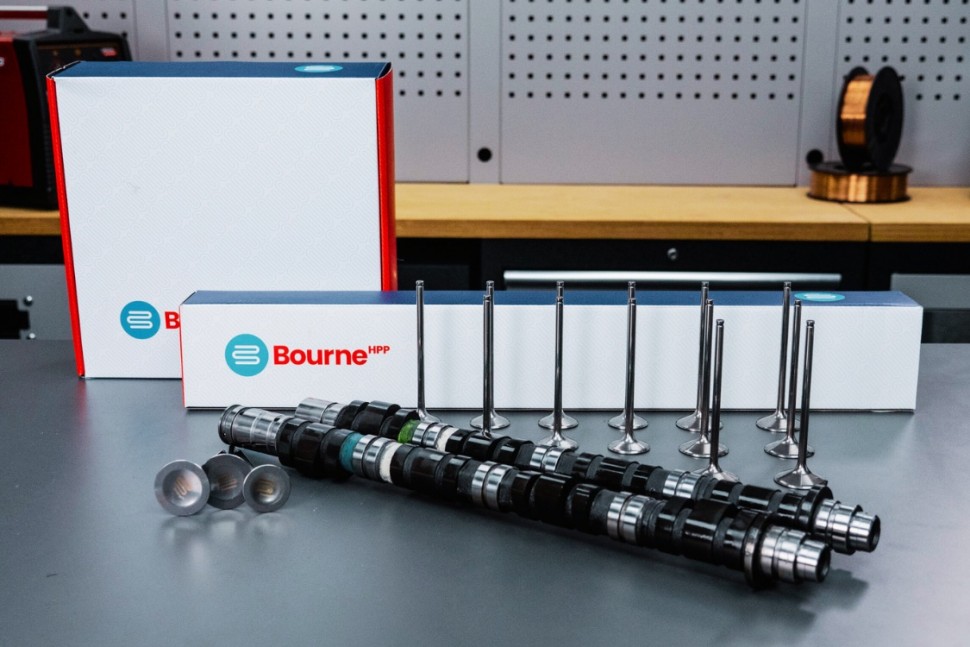| 00:00 |
- The very first step in our six step reflashing process is to download the existing calibration or ROM file out of the ECU we're dealing with.
|
| 00:09 |
Now in the case of the Hondata K Pro, this is really going to come down to what state of tune the car has previously been in.
|
| 00:17 |
For example here if we are installing a brand new fresh K Pro ECU into our car then the ECU isn't really going to contain an existing map to work from.
|
| 00:29 |
In this case what we're going to do is create a new calibration to work from.
|
| 00:33 |
And we're going to have a look at that process in a couple of step's time.
|
| 00:37 |
If on the other hand you do have a car that has previously been tuned to suit the modifications performed on it, and that calibration has had a lot of of time poured into it then it would make sense to download that calibration so we can start our tuning process from this point rather than having to start from scratch.
|
| 00:56 |
In order to download the calibration out of the ECU, or for that matter, communicate and tune the K Pro ECU at all, we're going to need to start by downloading and installing the K Manager software.
|
| 01:09 |
We can find the latest version of K Manager at Hondata's website.
|
| 01:12 |
And this will also include the USB drivers.
|
| 01:16 |
And it is important that we install the K Manager software and the USB drivers prior to actually connecting up to the K Pro ECU for the first time.
|
| 01:25 |
Doing this will mean that the laptop automatically recognises the K Pro ECU, and we're not going to need to go through the process of manually installing the drivers ourselves.
|
| 01:37 |
Once we've got our laptop connected to the K Pro ECU, we can power up the ECU.
|
| 01:44 |
When we power up the ECU we can see this little ECU connected box will pop up just telling us that the ECU has been detected.
|
| 01:52 |
What we can then do is use the little lightning bolt symbol here.
|
| 01:56 |
If we click on this we'll actually connect to the ECU or go online with the ECU.
|
| 02:00 |
Particularly when the engine is running, this will allow us to see live data down here under our sensor window.
|
| 02:07 |
What we can now do is go to our online drop down menu.
|
| 02:11 |
We're going to click on that.
|
| 02:12 |
We're going to come down to tools, and we're going to click on download.
|
| 02:16 |
So this will download all of the existing calibration data out of the ECU.
|
| 02:20 |
If we now click on our tables for example, we'll be able to see our fuel, our ignition and our cam target maps.
|
| 02:28 |
Once we've got our calibration download, we're going to want to save it.
|
| 02:32 |
And we can either do this by using the little save icon on our toolbar, or alternatively going to the file drop down menu and using the save as option.
|
| 02:42 |
What I'm going to do is just give this a generic name so we know what we're dealing with.
|
| 02:47 |
We'll call it ITR endurance and we'll call this existing calibration.
|
| 02:55 |
Once we've got that saved we've now got a record of that calibration.
|
| 03:00 |
We're going to be able to always revert to the current point that our calibration is at.
|
| 03:06 |
If anything goes wrong during our tuning, or we're not happy with the direction we've taken, we've always got that starting point that we can revert to.
|
| 03:13 |
So with our calibration downloaded, we can now move on with the next step of our process.
|





